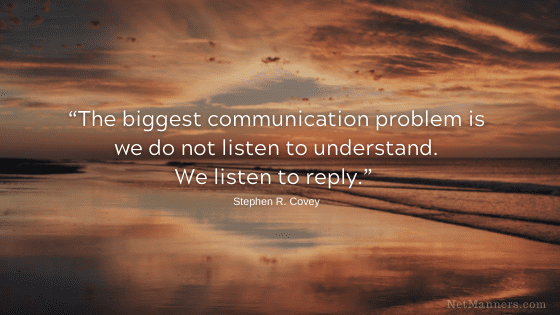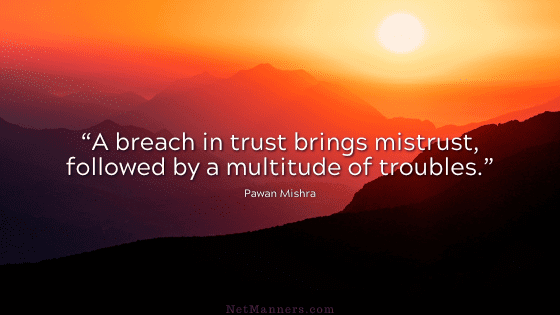Spam Filtering Tips: Avoid the Downside of Spam Filters

“I hate all this spam – what can I do about it?”
There is only so much. Spam filtering tools are still evolving. Let’s face it: They are simply software programs trying to determine, based on known criteria, whether something is spam or not. And there is no context.
Right now, you can expect that some emails you receive and send will be misidentified as spammy. So, albeit erroneously, they go to the junk, spam, or trash folders.
This is a false positive. Since spam will not go away, here are a few tips to help you manage the inevitable.
Organize Your View
You can view emails in the order of who sent them, the date or Subject, and other criteria. Therefore, when reviewing your junk or trash folder for false positives, organize it by Subject.
Viewing by Subject helps spam with the same Subject stick out like a sore thumb. This will allow you to skip over them confidently and move on to those possibly misidentified emails.
Next, as you peruse the list of Subjects that appear to be legitimate, take a quick look to see who sent it. If the name is in all lowercase, the first name only, and you don’t recognize it, or it doesn’t make sense, skip over it. Then, you are safe to delete it.
Always Check Before Emptying
Checking your junk, spam, and trash before clearing these folders out will help you not delete legitimate emails. In my email program, I can right-click and select “Not Junk” so that future emails make it through.
Often, spammy emails don’t have a Subject field. The subject includes typical phrases spammers use and has text formatting that triggers spam filters. When I encounter this from contacts whose emails land in my junk folder, I send them a quick note to let them know.
I then share why I think it happened (no subject, all lowercase, text formatting) so that they know that their email to others could also be landing in the trash if it occurred to me. In addition, once a contact is on my email program contact list in my email program, they are on my whitelist.
Whitelist Contacts Immediately
With all the blocker software and network filters now included with ISP and hosting accounts, you first want to set up your whitelist or approved senders list.
Check to see if your email program or provider automatically “whitelists” contacts added to your address book. Whitelisting will recognize your friends and your known contacts to ensure they have the best chance to land in your inbox.
If you sign up for newsletters or mailing lists, pay close attention to any notice of what email address you should immediately add to your approved or whitelist and then do it. Most sites will now tell you exactly what email address to add. If you are unsure, add their dot com to your list so the email you want to receive from them comes through.
On the confirmation page of my websites, I advise what email address I will be sending from and request that folks add it to their whitelist so my emails get through. If you have a website, you want to do the same thing.
Use Attachment Limitations
What do attachments have to do with spam? It is about spam, attachments, and security concerns. For example, my email program is not set to automatically download attachments over a specific size.
This setting allows me to see if it is an attachment I expect or even one I want to download. If I don’t want to download it, I click the trash icon. Then, when I check my email next time or empty the trash, that attachment is automatically deleted from the server without downloading.
You can set your download limit to match your available resources. Start at around 100,000 bytes. Any attachment under 100K will be downloaded automatically and help keep your inbox. You then can review the larger attachments you were not expecting, which could be spam or malicious.
Spam is not going anywhere…
Yep, it is aggravating—and like you, I get frustrated that I have to spend time dealing with it. But, by implementing these tips, you’ll find a bit of relief by letting your email filters and software do the best they can.






